Introduction
People do want to know why they get so wild in the name of drugs. What happens when one takes hallucinogens? Why do colors seem brighter, sounds sharper, and time feel like it’s slowing down or speeding up?
Hallucinogens drugs are a unique class of substances that alter perception, mood, and thought in profound ways. From powerful LSD trips and peyote rituals to the effects of psilocybin mushrooms and the dissociative haze of PCP, these psychedelic drugs dramatically change how you experience reality. But how?
To understand this, we’ll explore what are hallucinogens, dive into the various types of hallucinogens and discuss the range of its effects. Whether you’re curious or want a deeper understanding of how these hallucinogens drugs work, this guide is your comprehensive resource.
What are Hallucinogens?
Hallucinogens change the way your brain works. They mess with the chemicals in your brain that control how you see, hear, and feel things. One of these chemicals is called serotonin, which helps your brain handle your mood and senses.
When you take hallucinogens like LSD, psilocybin, or peyote, they connect to parts of your brain that use serotonin and shake things up. This makes your brain mix up signals, so you might see or hear things that aren’t really there or things might look or feel different from usual.
Some hallucinogens, like PCP, work a bit differently. They make you feel disconnected from your body or the world around you, like you’re watching yourself from outside. This is called a dissociative effect.
Types of Hallucinogens and Psychedelic Drugs
Hallucinogens fall into three main groups, each with its own way of affecting your mind and body:
1. Classic Psychedelics
These are the most well-known psychedelic drugs. They mainly work by affecting serotonin, a chemical in your brain that helps control your mood and senses.
- LSD (Lysergic Acid Diethylamide): One of the strongest psychedelics out there. Even a tiny amount can create vivid visual effects and change the way you think for up to 12 hours. LSD was first made in 1938 and has fascinated people ever since.
- Psilocybin: Found in magic mushrooms, psilocybin turns into a chemical called psilocin in your body. It produces effects like LSD but usually a bit gentler. People have used these mushrooms in spiritual ceremonies for centuries.
- Peyote: A small cactus from Mexico and the southwestern U.S. that contains mescaline. Indigenous groups have used peyote in their rituals for thousands of years.
- Mescaline: This is the main active ingredient in peyote and some other cacti. It causes colorful visual hallucinations and changes in consciousness.
2. Dissociative Hallucinogens
These drugs make you feel disconnected from your body or the world around you.
- PCP (Phencyclidine): Originally made as an anesthetic, PCP can cause hallucinations and a numb, detached feeling. It can be unpredictable and sometimes makes people aggressive.
- Ketamine: Also a medical anesthetic, ketamine at lower doses creates dissociative and hallucinogenic effects. It’s even being studied to help treat depression.
3. Deliriants
These drugs cause hallucinations but often come with confusion and trouble telling what’s real. Examples include plants like Datura and some medicines like diphenhydramine, which is found in certain sleep aids.
What Happens When You Take Hallucinogens?
The effects of hallucinogens can be very different depending on the type of drug, how much you take, where you are, and who you are. Here are some common experiences explained simply:
Perceptual Changes
You might see colors, shapes, or patterns that aren’t really there, or hear sounds that seem strange or new. Sometimes, your sense of time changes so much that minutes feel like hours. Some people even experience “synesthesia,” where senses mix up, like seeing sounds or hearing colors.
Emotional and Cognitive Effects
Hallucinogens can make your feelings much stronger. You might feel amazing and joyful, or sometimes scared and anxious. Many users say their thoughts become very deep or spiritual, but others, especially with drugs like PCP, may feel confused or paranoid.
Physical Effects
Your pupils often get bigger, making your eyes look wide open. Your heart might beat faster, and your blood pressure can rise. Some people feel sick to their stomach, especially after taking peyote or magic mushrooms. Drugs like PCP can make you lose coordination or feel numb in parts of your body.
What Most People Don’t Know About Hallucinogens
Hallucinogens aren’t just about seeing strange things or feeling different. They affect the brain in powerful ways, sometimes risky, sometimes helpful. So what does all this really mean?
They Might Actually Help Some People Heal
Recent research shows that psilocybin and LSD could help treat conditions like depression, anxiety, PTSD, and even addiction. These psychedelic drugs may help the brain “reset,” offering new ways to think and feel, especially when used in a safe, guided setting.
They’re Not as Safe as They Seem
While classic hallucinogens drugs like LSD and psilocybin are low in toxicity, they still carry risks. A “bad trip” can cause fear, panic, or even trigger long-term mental health issues in some people. PCP, in particular, is much riskier and can lead to aggressive or dangerous behavior.
You Don’t Always Know What You’re Taking
Since many of these drugs are illegal and unregulated, it’s common for people to get substances that are mixed with other chemicals or not what they think it is at all. This makes the risk of harm much higher.
The Law Is Changing, But Slowly
Most hallucinogens are still illegal in many parts of the world. In the U.S, they’re usually classified as Schedule I drugs, meaning they’re banned for medical use. But some cities and countries are starting to allow psychedelic drugs for therapy or personal use under strict conditions.
Conclusion
Hallucinogens are powerful and complex drugs with a long history, used in rituals, studied in science, and talked about in modern culture. They can open up intense and sometimes beautiful experiences, but they also come with real risks if used without the right knowledge or setting.
Whether you’re curious about what hallucinogens or just trying to understand how these psychedelic drugs affect the mind, it's important to have clear, honest information. If you ever consider using these substances, make sure you stay informed, stay safe, and respect the laws that apply.
Frequently Asked Questions
What are the most common psychedelic drugs?
Common psychedelic drugs include LSD, psilocybin (magic mushrooms), peyote (mescaline), and DMT. These substances are known for altering perception, mood, and thought.
What type of drug is peyote?
Peyote is a natural hallucinogen that contains mescaline, a classic psychedelic known for causing vivid visual and emotional experiences.
What are the hallucinogens drugs?
Hallucinogen drugs include LSD, psilocybin, mescaline (peyote), PCP, ketamine, and DMT. They cause changes in perception, emotions, and sense of reality.
What is the most famous psychedelic?
LSD is the most well-known psychedelic drug, famous for its strong hallucinogenic effects and cultural influence since the 1960s.
Are hallucinogens harmful?
Hallucinogens can be risky if used carelessly, leading to bad trips, anxiety, or lasting mental health issues, especially in vulnerable individuals.
What are the different types of drugs?
Drugs are often grouped into cate;ries like stimulants, depressants, hallucinogens, opioids, and dissociatives, based on how they affect the brain and body.



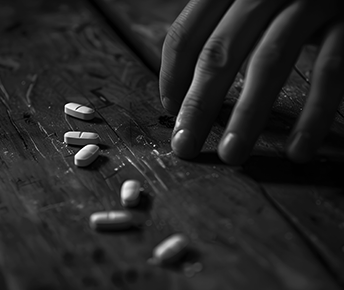

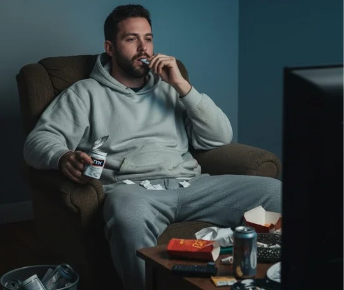
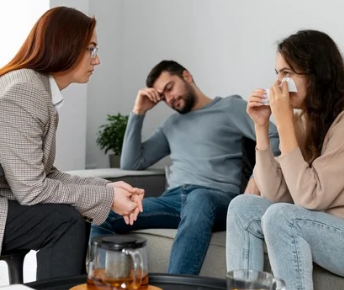


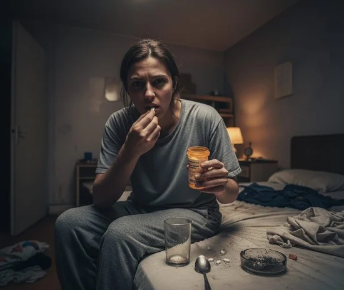
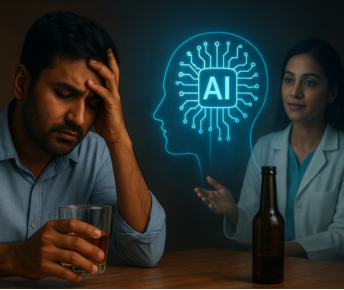
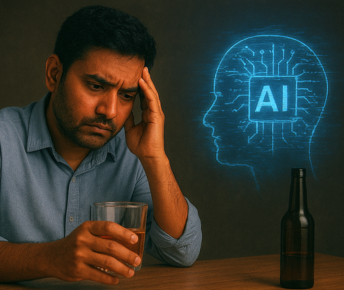
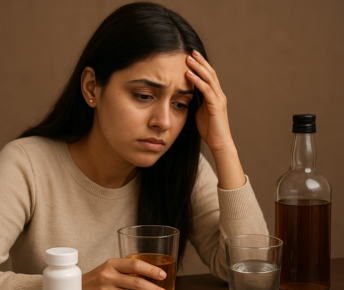


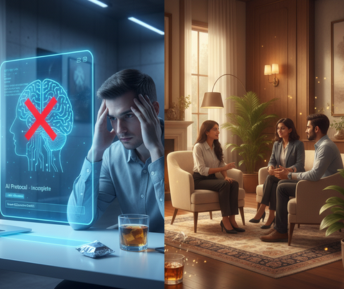
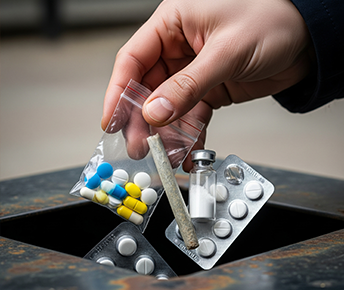
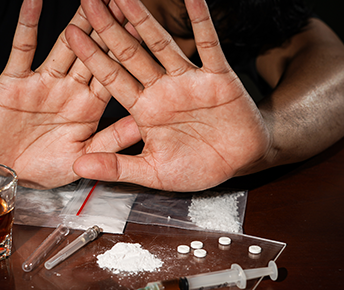
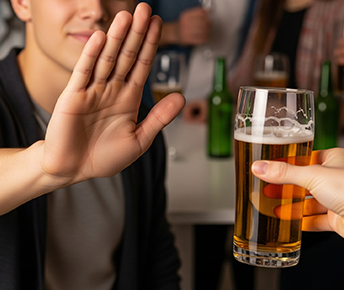
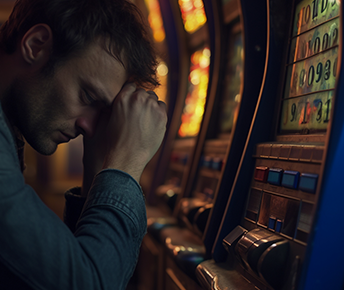
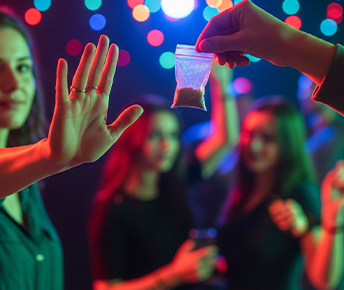



 Yes, many offer serene environments and solid therapeutic frameworks. However, quality varies, so it’s essential to research accreditation, staff credentials, and therapeutic depth.
Yes, many offer serene environments and solid therapeutic frameworks. However, quality varies, so it’s essential to research accreditation, staff credentials, and therapeutic depth.




